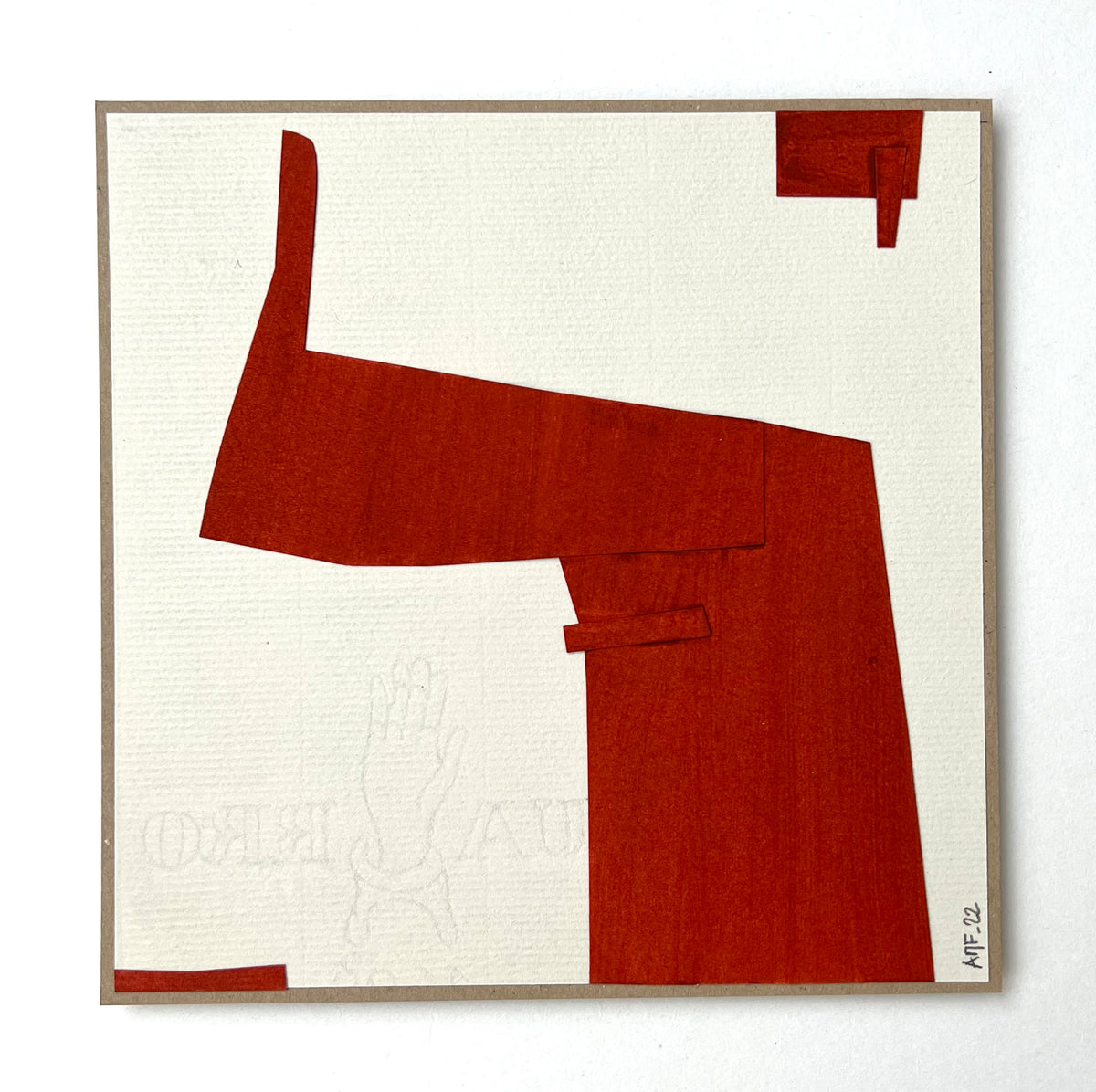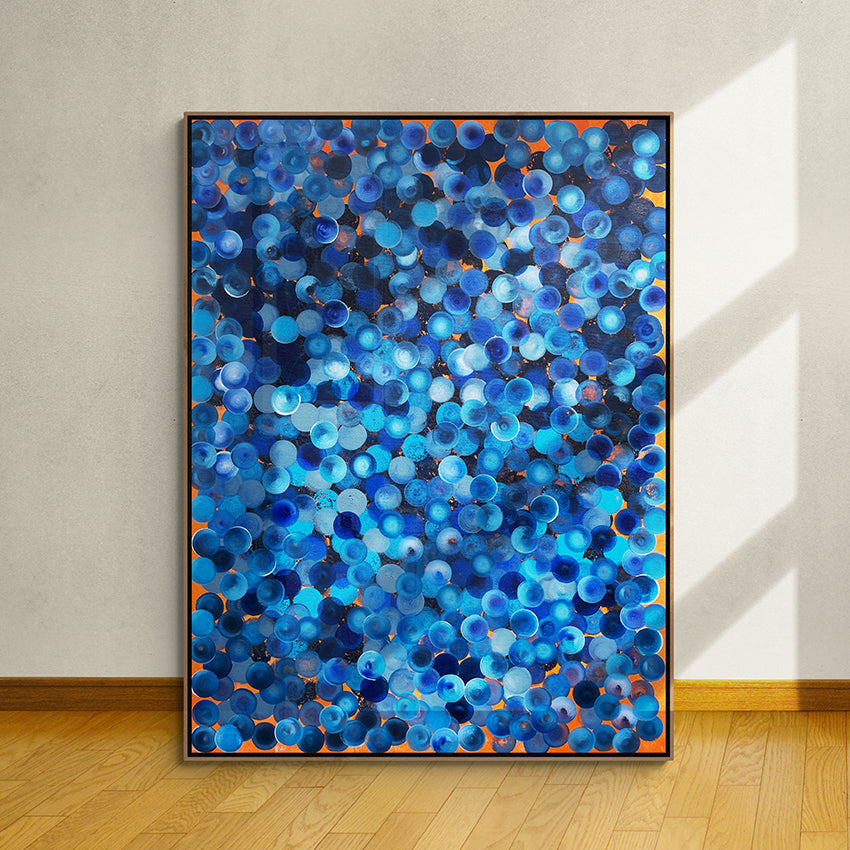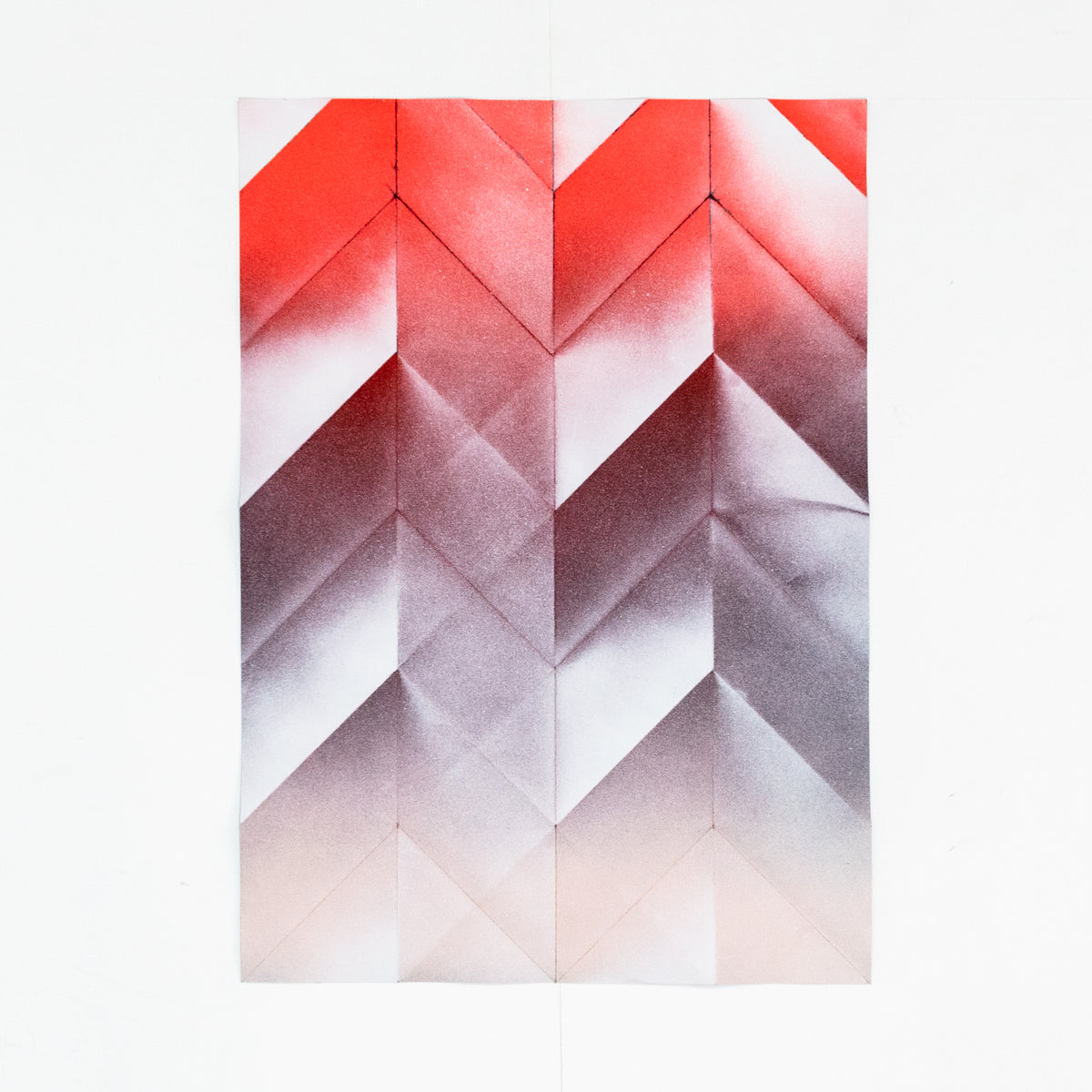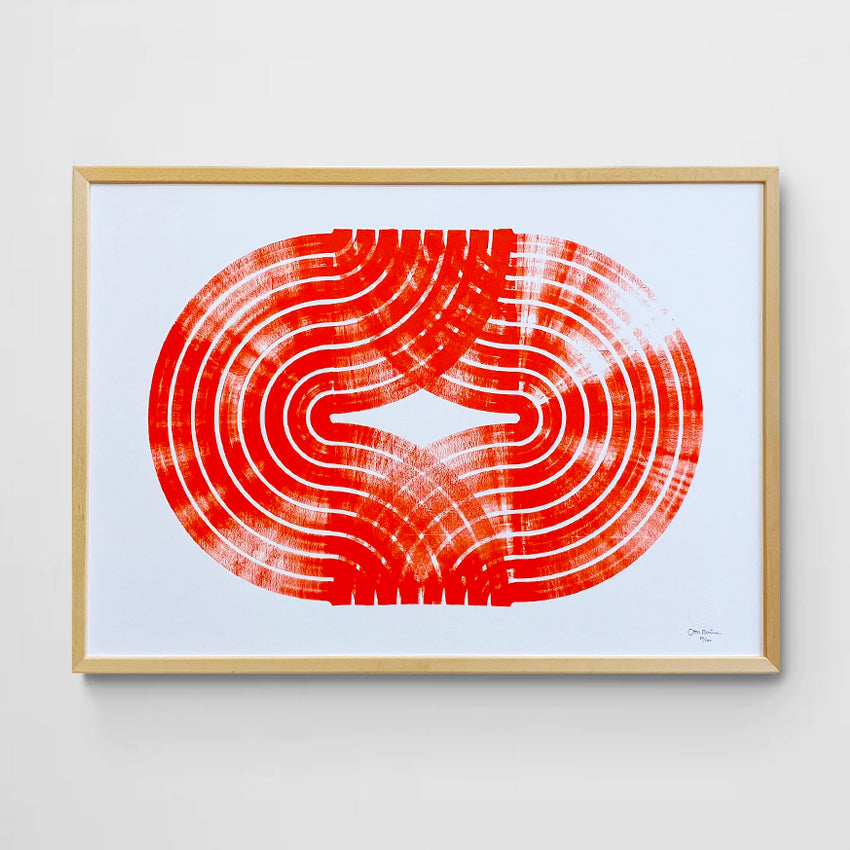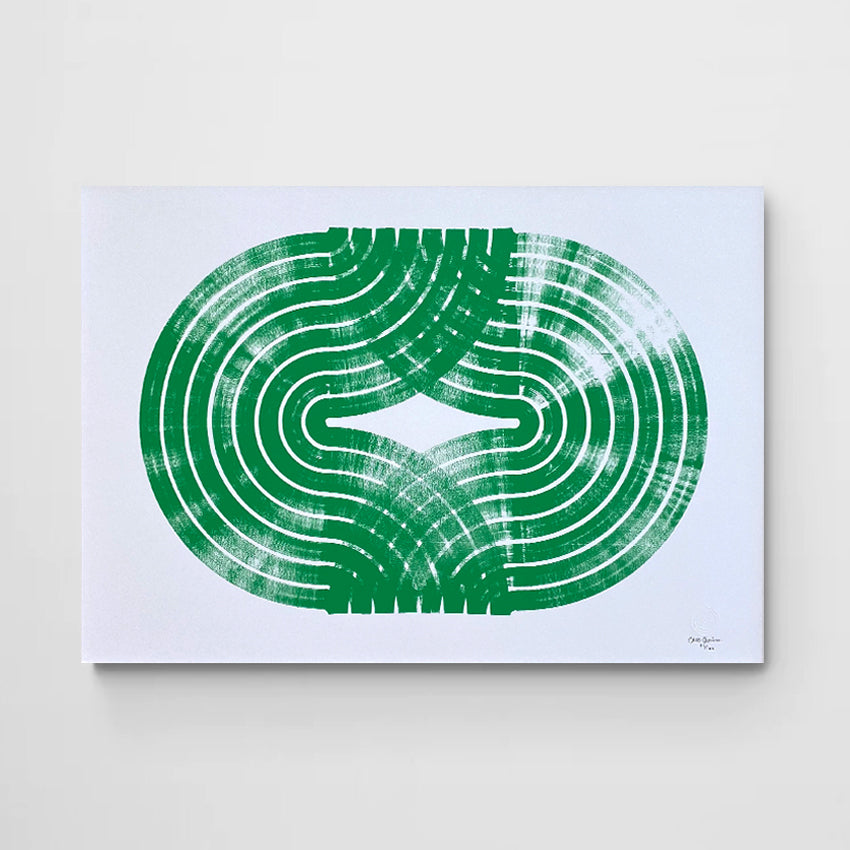After his graduation from Visual Communication, Adithyaa Sadashiv has been working as a full-time Artist. His interest towards Art started when he was 5 years old watching his father draw and paint before him. His father has preserved all of his childhood drawings (including the scribblings) as a part of his doctorate research on Child Art, which he continues to reminisce.
 How did you get into art?
How did you get into art?
I grew up watching my father paint before me and was always curious and inqusitive about the work process and wanted to try my hand in it too. My father has preserved all of my early scribblings and drawings as a part of his D.Lit Doctorate research which I continue to reminisce till today and has become a study material for myself.
I was given total freedom to express and experiment however I wanted. This curiousity and fascination became my profession from 2017. I initially started my Art Career by implementing Heritage Forms, Objects and Structures from my state of Karnataka, in my work of Art. My subject of work shifted completely when I came across the work of Indian Artist G R Santosh and was profoundly influenced by its sheer Mysticism and Spiritual content and since then it has become totally Abstract and Tantric in nature.
How would you describe your style? What makes your work special?
Since the time I've discovered the subject of Tantra, the style of my work has become totally Abstract, Minimal and I have continued to research and work on the subject of Shapes & Forms, which invovles understanding the relationship between basic shapes with one another when composed in a space. I have been learning the traditional technique of Indian Wash Method in Watercolour medium from my father for the past one decade. This technique which was once prevalent in the Indian Art Scene has now rarely been practiced due to the time and patience it demands and deserves. The technique invovles thin and repeated washes of water and colour of the artwork, which results in subtle and meditative quality.  How do you go about developing your work?
How do you go about developing your work?
My initial attempt in getting into Abstract Art was to study the concept of Shapes & Forms in Indian Tantric philosophy specifically and in Visual Aesthetics as a whole.
My technique invovles thin and repeated washes of the artwork using colour and water which therefore demands a lot of time and patience, this in turn allows me to work on one artwork at a time and for a longer duration. I give myself a lot of time to see and observe my own work which also unconciously and subtly opens up to different dimensions and subjects within itself. Some of the forms in my previous subject of work has further evolved into a subject of its own which I have currently been working on.

Who or what influences you?
My father has been the first influence and inspiration for me. Apart from him, I follow a niche circle of Artists, Musicians and Philosophers who help to further strengthen the philosophy and logic of my subject of Art. Artists like Agnes Martin, G R Santosh, Ganesh Pyne, Indian Classical Musicians like Pt Mallikarjun Mansur, Ut Amir Khan and Ut Vilayat Khan, Philosophers and thinkers like J Krishnamurti, Ramana Maharshi, Osho+ have been an inspiration and influence on me for their spiritual quality in their work.
Make us curious. What are you planning to do next?
I have currently been working on multiple subjects and ideas which are related to and evolved from one another. As a practicing Indian Classical Musician myself (Violinist), I am also
studying and working on the idea of involving Music into Visual Arts and create an experiential atmosphere to the viewer in the gallery. Apart from this, I am researching on the idea
of 'Ardhanareshwar' and 'Anahath' which are developed from one another during the work process.
 Learn more about the artist:
Learn more about the artist:







